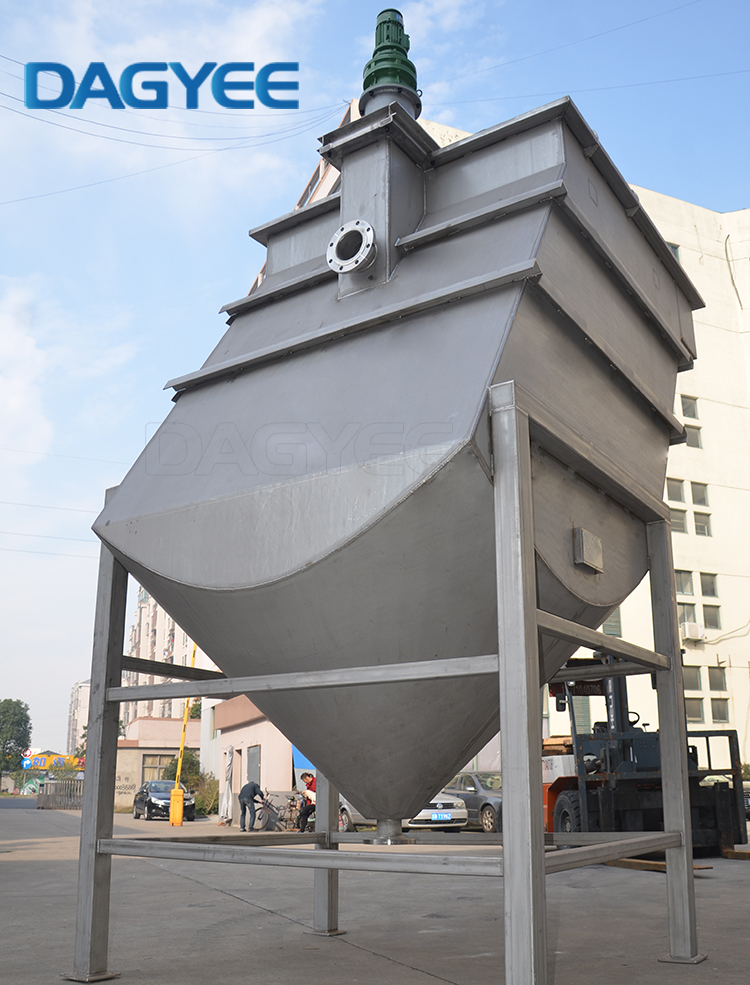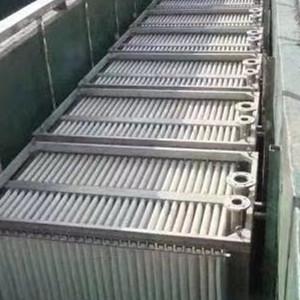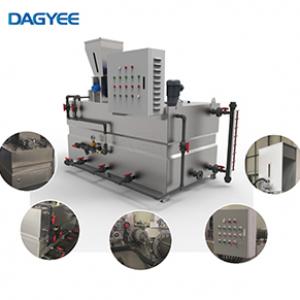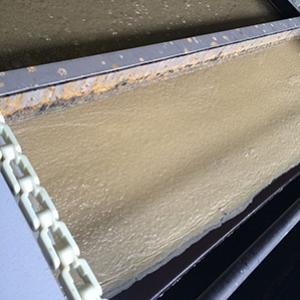The difference between secondary sedimentation tank and primary sedimentation tank Sewage treatment

Structure
Primary sedimentation tank: The first sedimentation treatment of influent water can act as a regulating tank, which has a certain degree of homogenization effect on water quality, and slows down the impact of water quality changes on subsequent biochemical systems. The structure of the primary sedimentation tank includes: advection, radial flow, vertical flow, inclined plate (tube) type
Second settling tank: The second settling tank is located after the aeration tank (aerobic biochemical tank), and it is a place where mud water is separated into tail water discharge to ensure the return of sludge. The structure of the secondary sedimentation tank includes: advection, radial flow, vertical flow, inclined (tube) plate type
Principle
Sedimentation tank uses the principle that the downward sedimentation speed of suspended impurity particles in the water flow is greater than the downward flow speed of the water flow, or the downward sedimentation time is less than the time for the water flow to flow out of the sedimentation tank to achieve water purification.
The treatment efficiency of the ideal sedimentation tank is only related to the surface load, that is, it is related to the surface area of the sedimentation tank, and has nothing to do with the depth of the sedimentation tank. The depth of the tank is only related to the time and amount of sludge storage and the prevention of sludge erosion. In the actual continuous operation of sedimentation tank, because the overflow from the top of the outlet weir will bring about the rising velocity of the water flow, the particles with the sedimentation velocity less than the rising velocity will flow away with the water, and the particles with the sedimentation velocity equal to the rising velocity will be suspended in the pool. Only the particles whose sedimentation speed is greater than the rising flow rate will settle in the pool. The sedimentation time in the sedimentation tank to the bottom of the sedimentation tank is related to the hydraulic residence time of the water flow in the sedimentation tank, that is, it is related to the depth of the tank body.
In theory, the shallower the tank, the easier it is for particles to reach the bottom of the tank. This is the theoretical basis for shallow sedimentation tanks such as inclined pipe or inclined plate sedimentation tanks. In order to make the particles slightly larger than the rising flow rate in the sedimentation tank settle down and prevent the sludge that has settled down from being disturbed by the influent water flow and re-floating, there is a buffer zone between the sedimentation area and the sludge storage area to make these sediments. After the particles in the pool slightly larger than the rising flow rate or the re-floating particles contact each other, they settle down again.
object, load
Primary sedimentation tank: mainly suspended solids, some organic matter
Secondary sedimentation tank: Activated sludge mixture, which has the characteristics of high concentration, flocculation, light weight, and slow sedimentation speed.
Initial sedimentation tank load: sedimentation time 1.0~2.5h, surface load 1.2~2.0(m3/m2.h), sludge moisture content 95-97%, weir load is less than or equal to 2.9L/(s.m);
Secondary sedimentation tank load (after activated sludge method): sedimentation time 2.0~5.0h, surface load 0.6~1.0 (m3/m2.h), sludge moisture content 99.2~99.6%, weir load is less than or equal to 1.7L/(sm) );
Secondary sedimentation tank (after biofilm method): sedimentation time 1.5~4.0h, surface load 1.0~1.5(m3/m2.h), sludge moisture content 96~98%, weir load is less than or equal to 1.7L/(s.m)
Ashely
Wuxi Dajiang Environmental Technology Co., Ltd.
T:+86051085100889
M:+8613961861780
Whatsapp/Facebook : 8613961861780





